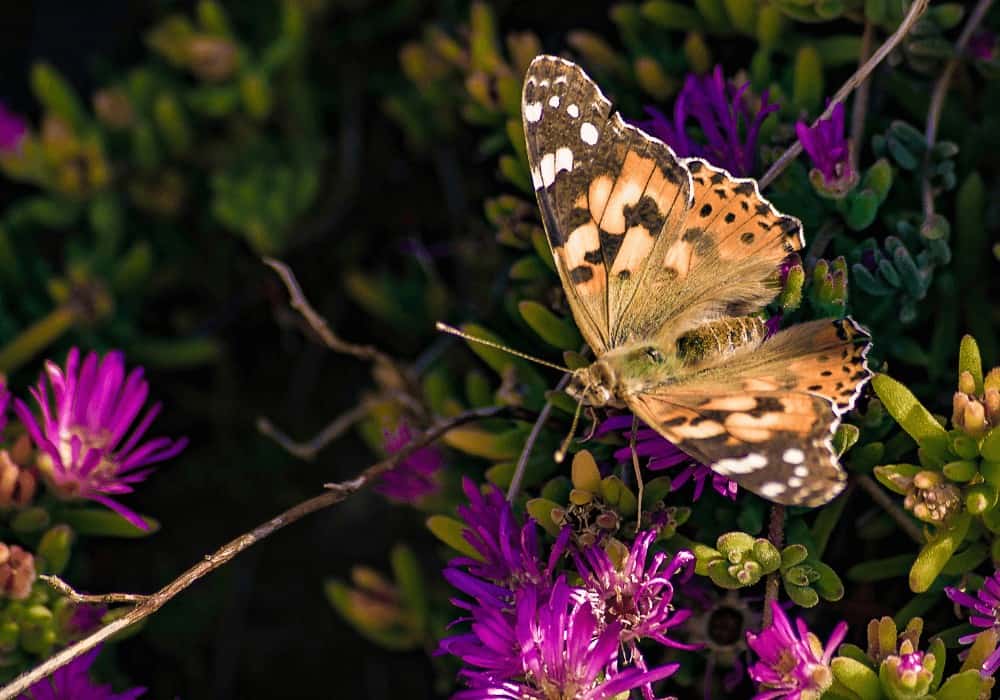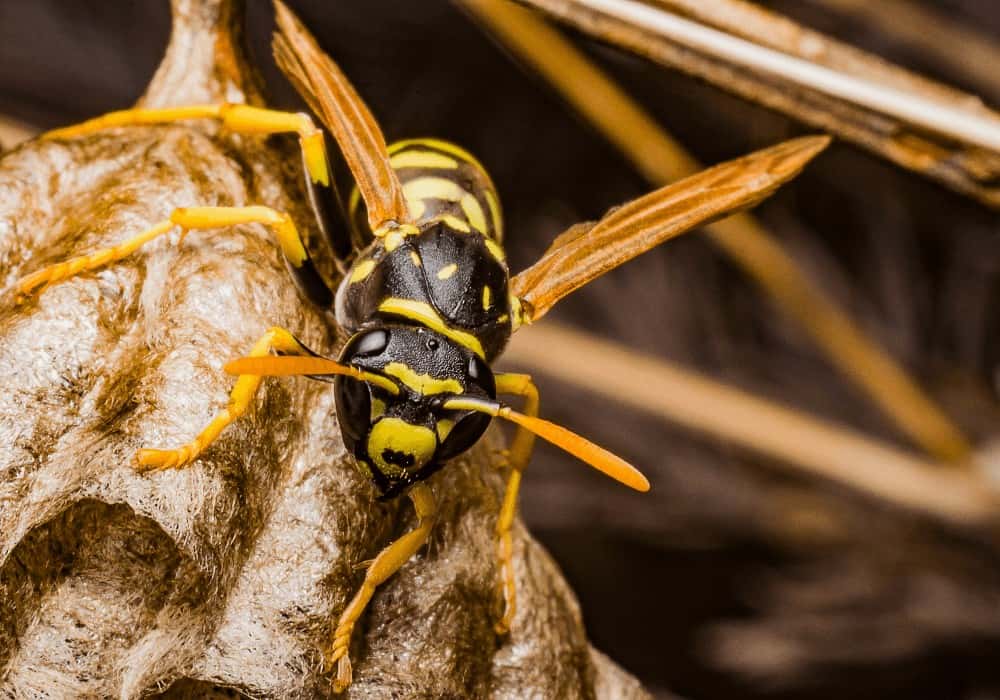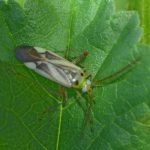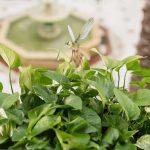Everyone loves succulents probably because they are easy to take care of – even for those without a green thumb. This doesn't mean that succulents are immortal. Lack of adequate care and pest infestation might lead to the demise of your favorite succulent plant.
Some of the common bugs that attack succulent plants are mealy bugs, gnats, spider mites, etc. These pests can easily suck the life out of your succulents, which is why you have to learn how to get rid of bugs on succulents.
There are various ways to eliminate these bugs. You can employ DIY pest control techniques such as using neem oil, rubbing alcohol, or natural pest-control solutions like the use of beneficial insects.
Table of Contents
Common Bugs that Attack Succulents

Admittedly, insects and pests are a natural part of gardening. It is worthy to note that some of these insects are helpful to the health of the plants’ ecosystem, while some are destructive, invasive pests that suck out the nutrients from your plants.
While succulents are easy plants to care for, they are usually bothered by common insects, which can be extremely harmful to your beloved plant. Below are such insects and how to get rid of them.
1. Mealy Bugs
Mealybugs are common pests in succulents and cacti. Mealybugs have soft bodies and waxy surface that serves as a protective layer.
These bugs usually produce a waxy or mealy white material; hence, the name mealy bugs. These mealybugs secrete white substances that look like cotton, which is the earliest sign of mealybugs in your succulent plants.
Mealybugs also secrete honeydew, a sugary substance that promotes mold growth and makes the plan more susceptible to bacterial and fungal infections.
Rubbing alcohol can be used to get rid of mealy bugs. Alternatively, liquid dish soap diluted in water can also be used.
Note that you will have to repeat these treatments a few times to eliminate mealybugs completely. This treatment should be repeated about once a week as needed until the problem is resolved.
2. Aphids (Greenflies or Plant Lice)
Aphids are small insects with fat, teardrop-shaped bodies. They come in different colors and can be found sucking on leaves or flowers.
Just like mealy bugs, they secrete honeydew which can facilitate the growth of black sooty mold. Aphids cause distorted leaves and stunted growth after sucking out the plant’s tissues.
Aphids can easily be gotten rid of by applying water pressure using a garden hose to remove them from your plants physically.
The liquid dish soap and water method is also another great way to get rid of aphids. Additionally, the use of neem oil has proven to be effective for some people in treating aphids.
3. Spider Mites
Spider mites come in different varieties, although the most popular species is the red spider mites. These insects are almost microscopic, which means their infestation can often go undetected for a long time.
Spider mites suck out the sweet sap from succulents, making the plant lose its color and become lighter. Early signs of spider mites include spider webbing and small brown spots on your plant.
Like mealy bugs, spider mites can be rid of using rubbing alcohol liquid dish soap diluted in water.
3. Whiteflies
As the name suggests, whiteflies are light-colored insects. They are usually found on the underside of leafy succulents as they suck out the plant’s sap leading to the plant’s death.
Whiteflies are pretty challenging to get rid of as they reproduce very quickly. You can remove whiteflies physically by blasting them with water using a garden hose. Rubbing alcohol and diluted dish soap is also just as effective.
4. Fungus Gnats
Fungus gnats are common houseplant pests that might not as harmful to your plants as other pests. However, they can be quite tricky to get rid of.
Fungus gnats are attracted to moisture, so it’s quite common to find them in overwatered succulents. To control them, you can reduce watering your plant.
Cinnamon can also be used to get rid of fungus gnat by sprinkling it on your potting mix.
5. Scales
There are two types of scale: The first variation has a soft body with close features like mealy bugs, while the second variation has a thick body with armored covering.
Scales like to eat the sap of succulents, damaging the plants and making them susceptible to diseases.
Scales can be controlled by hosing them off or use of rubbing alcohol.
How To Get Rid of Bugs on Succulents

There are some practical ways to get rid of bugs on succulents.
1. Removing the bugs by blasting them with water from a garden hose
This method can be used to get rid of bugs like aphids and whiteflies. Note that this method is not recommended if you're dealing with fungus gnats since these pests thrive in moist environments.
Applying water pressure is a trick used by gardeners to remove these insects from the plant physically.
2. Introducing beneficial insects
This is a natural way to get rid of pests, and it's often recommended because it is safe and effective. Beneficial insects feed on these pests, thus eliminating the problem.
Ladybugs are popular, beneficial insects, and they can be purchased from gardening and farming equipment suppliers.
3. Use of rubbing alcohol
Using a cotton swap and diluted alcohol is an effective way to eliminate most bugs that attack succulents like aphids, whiteflies, etc.
Use a cotton swab dipped in rubbing alcohol and apply directly to the bugs. You can also get a spray bottle filled with rubbing alcohol diluted with water and spray directly onto the bugs and white fluff.
This method will not harm your succulents but will definitely get rid of the bugs.
4. Use of neem oil
Neem oil has proven to be successful in treating scale and aphid infestation. Although, neem oil might not be as effective if you are dealing with a severe infestation.
To use neem oil, dilute 1 tablespoon of neem oil in 8 cups of water and mix well and spray onto infested areas and the undersides of the leaves.
Neem oil method should be done at night to prevent burning your plant from sun damage.
5. Liquid dish soap method
Diluted dish soap in a spray bottle is another effective way to eliminate most pests that attack succulents.
Put few drops of soap in 2 cups of water and shake to mix well, then spray directly onto affected areas. Repeat this treatment at least once a week.
6. Use of pesticides and insecticides
Pesticides and insecticides should be used as a last resort when all the methods outlined in this post have failed to eliminate bugs in your succulents.
Pesticides will end up killing beneficial bugs that are necessary for your plant’s ecosystem. Introducing pesticides is also harmful to pollinators like bees.
How To Prevent Pest Infestation on Succulents
If your succulents are well taken care of, you may never have to deal with harmful bugs sucking out your plant’s nutrients.
Below are some pest prevention tips you can adopt.
- Keep your succulents strong and healthy by using a balanced fertilizer.
- Remove dead leaves so bugs don't have places to hide and breed.
- Succulents are not fans of moist environments; keep them dry, not to attract mealy bugs, gnats, and other pests.
- Don’t reuse soil or put dead leaves from plants that have been affected by pests into the compost pile.
- Spray your succulent plant neem oil to prevent future pest infestations
Conclusion
Pest infestation is a problem even experienced gardeners deal with. You shouldn't feel discouraged or disheartened when bugs attack your beautiful succulents.
Fortunately, there are safe and effective on how to get rid of bugs on succulents. You can combine the methods outlined in this post for quicker results.
Remember that pesticides and insecticides should be used as a last resort when other natural methods failed to work.
Related Posts:
- Bugs That Look Like Cockroaches But Aren’t
- How To Get Rid Of White Bugs On Hibiscus
- How to Get Rid of Bugs in Garden Soil
- What Bugs Does Citronella Keep Away?
- How Do I Protect My Tomato Plants From Bugs?




